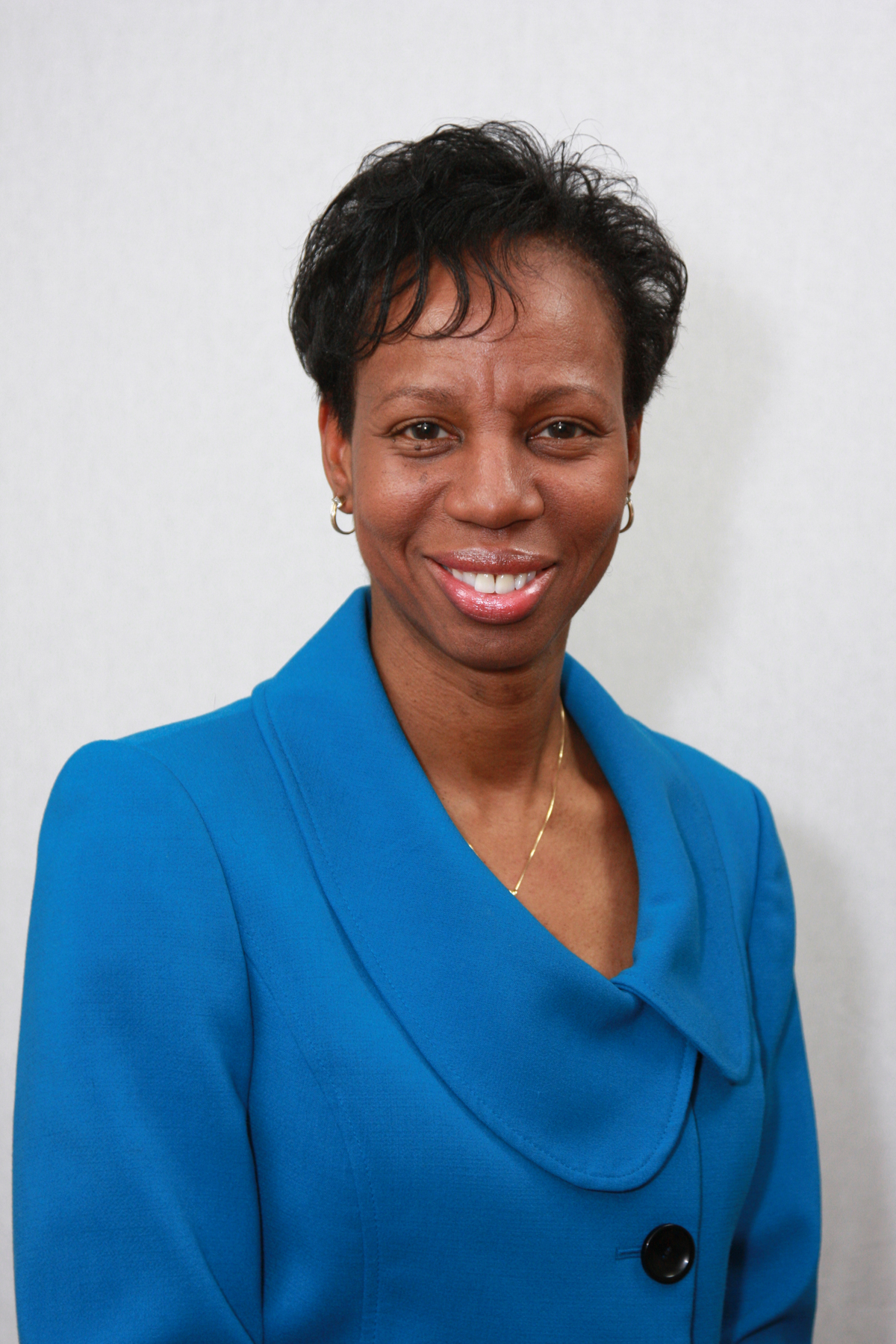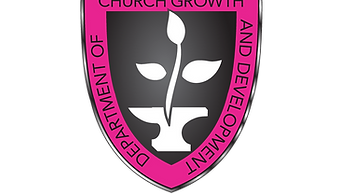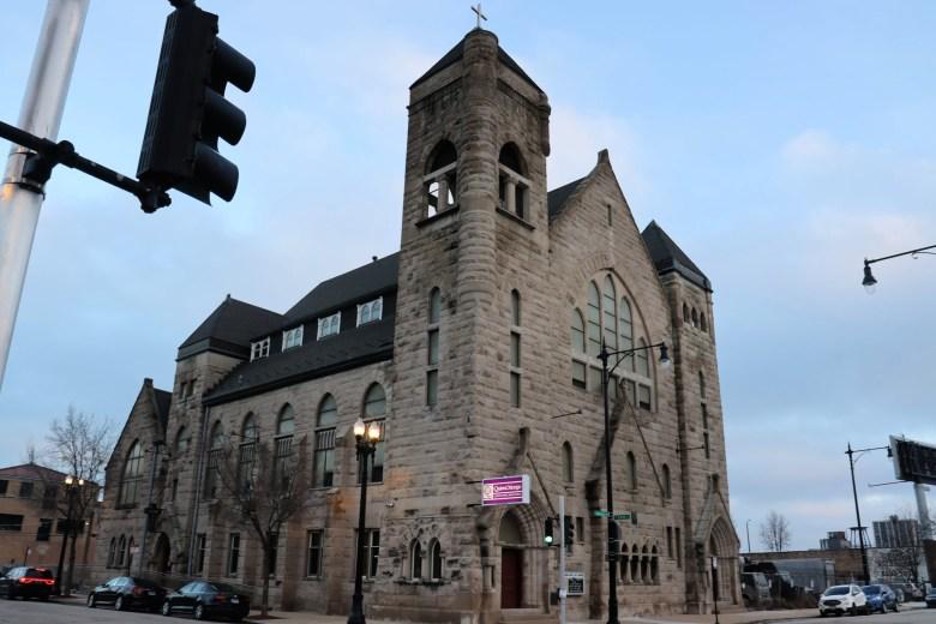Understanding Internal Controls in a Church Environment – Part I
By Cynthia Gordon-Floyd, C.P.A., C.F.E., Contributing Writer
What are internal controls for a church? Michael Batts, CPA and author of Church Finance describes it as “the system of checks and balances necessary to protect the church from intentional and unintentional acts that could cause a loss of the church’s financial assets or that could result in the misreporting of the church’s financial information.” Let’s unpack this definition as it relates to the AME Church in a three-part series of articles on this subject.
The process of internal controls begins with the contents of our Doctrine and Discipline which outlines the policies and procedures that are to govern how our churches are structured and should operate. We know that the Doctrine and Discipline was not designed to provide specific internal controls, but it does define the “control environment” which is the basis for carrying out internal controls.
The control environment includes understanding the organization’s culture and what is referred to as “the tone at the top.” The tone at the top analyzes the culture of the leaders with respect to issues related to internal control and similar matters. Therefore, we must ask ourselves if we have created an environment that encourages our leadership to operate with complete integrity and in compliance with applicable laws and regulations? Our Doctrine and Discipline specifically references many areas of oversight and compliance. Are we ensuring that those requirements for oversight are being effectively carried out?
Since our Doctrine and Discipline is not designed for specific internal controls, we as clergy and lay persons must ensure that sound internal controls are implemented from the top of the leadership down to the workings of our local churches. Unfortunately, our recent environment proves that we have not done so effectively. We must institute new targeted controls to address our systematic lapses in internal controls (i.e., misappropriation of retirement funds, fraudulent sale and mortgaging of church properties, incorrect payroll reporting practices, insufficient issuance of giving receipts, incorrect financial reporting, etc.). We must begin correcting our internal control efficiencies by addressing the “tone at the top” which is the only way that we can effectively address the lapses at the bottom. Do we want change, compliance, consistency, operating, and reporting integrity? What are we willing to do about it? Please join me for the next installment of this series which will focus on risk assessment and internal control activities that can easily be implemented at local churches.
Cynthia Gordon-Floyd is a certified public accountant and a certified fraud examiner. She is the founder of Willing Steward Ministries, LLC. Willing Steward Ministries (www.willingsteward.com) is a financial consulting and accounting firm for churches and other faith-based non-profits, specializing in Bible-focused financial practices, pastoral compensation issues, IRS compliance, and other financial needs specific to churches. Cynthia is a graduate of Lake Forest College and holds her MBA in Accounting from DePaul University. She is a Steward and the Financial Secretary at the First AME Church of Manassas in Manassas, Virginia.





